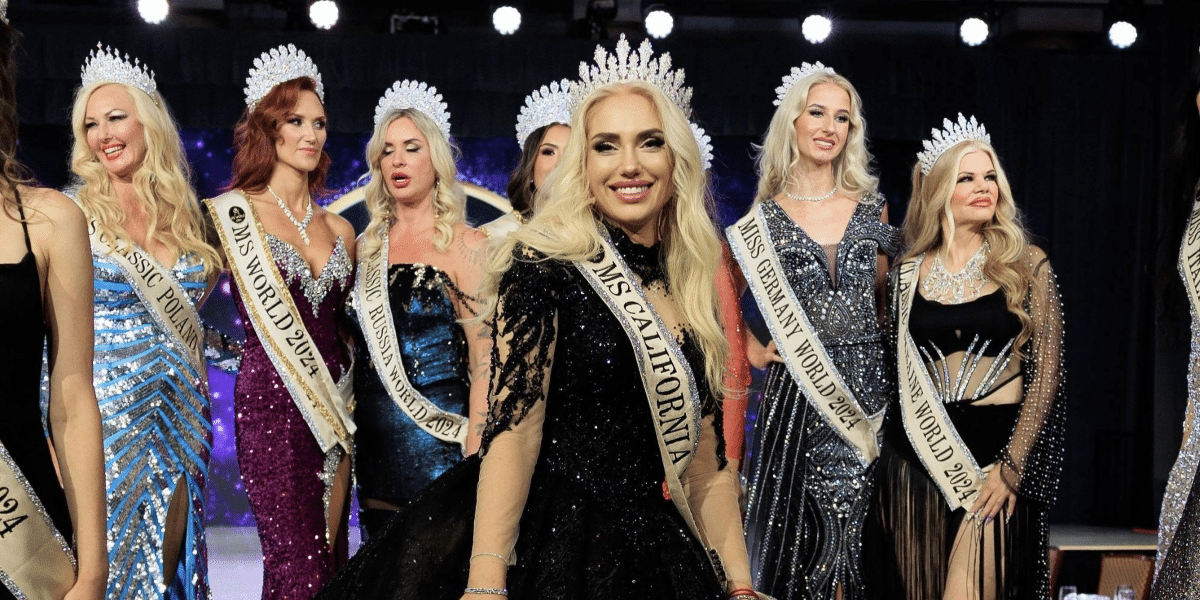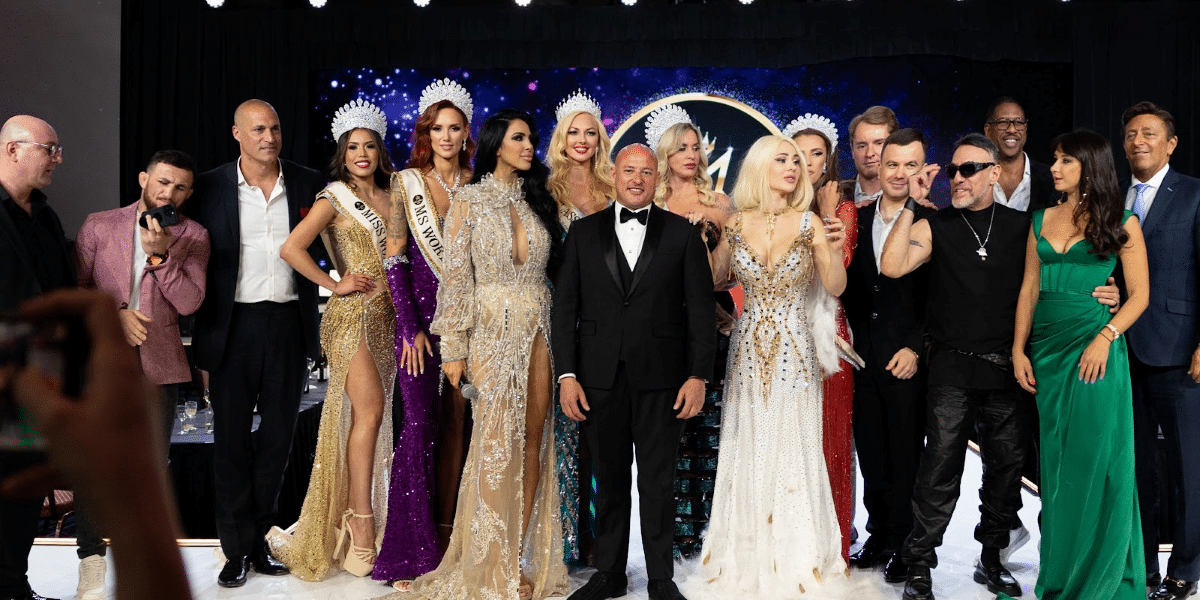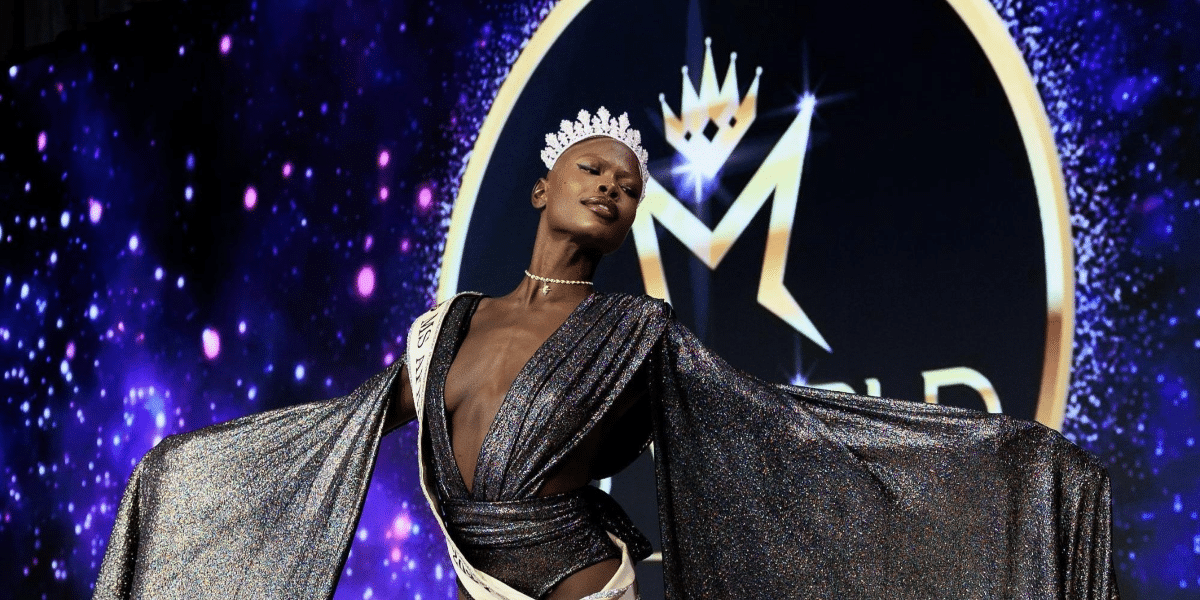Fitness trends have evolved over the years, with each generation adopting its own unique approach to health and wellness. From technology integration to differing attitudes about fitness, every generation has played a role in shaping the fitness industry. This article explores the key differences in fitness trends across generations, highlighting how societal changes, technology, and media influence these trends.
Fitness Preferences by Generation
Baby Boomers
Baby Boomers, born between 1946 and 1964, have traditionally favored low-impact exercises that emphasize longevity and mobility. Their fitness choices often focus on maintaining health as they age, with activities like walking, swimming, and yoga being popular. Many in this generation prefer gym environments, where they can participate in group fitness classes that cater to their fitness level.
Generation X
Born between 1965 and 1980, Generation X grew up during the fitness revolution of the 1980s. They favor high-intensity workouts such as CrossFit and spinning but are also mindful of balance, with practices like Pilates and yoga gaining popularity. Gen Xers are known for their preference for structured gym environments, but as they age, many are transitioning toward workouts that focus on injury prevention and sustainability.
Millennials
Millennials (born 1981 to 1996) embrace variety and personalization in their fitness routines. From outdoor activities like running and cycling to fitness apps that offer flexibility, this generation is highly engaged in wellness. Millennials prioritize experiences, which explains their love for boutique fitness classes like SoulCycle and HIIT training, as well as social fitness environments like group classes or fitness challenges.
Generation Z
For Gen Z, born from 1997 onward, technology-driven fitness is the norm. Virtual fitness platforms, fitness apps, and wearables like smartwatches dominate their routines. This generation values convenience and flexibility, preferring at-home workouts and digital fitness communities. They are also highly conscious of mental health and often incorporate mindfulness practices like meditation into their fitness routines.
Technology’s Role in Fitness
Wearables and Fitness Apps
Technology has had a profound impact on fitness trends, particularly for younger generations. Devices like Fitbits, Apple Watches, and fitness apps that track health data have revolutionized how individuals engage with their fitness. Millennials and Gen Zers, in particular, use these tools to monitor everything from heart rate and sleep patterns to calories burned, allowing them to personalize their fitness journey.
Online Fitness Classes
The rise of digital fitness platforms has created new ways for people to engage in workouts. For Millennials and Gen Z, online fitness classes and streaming platforms like Peloton, Alo Moves, and YouTube workouts offer convenience and flexibility, eliminating the need for a gym membership. This shift was accelerated by the COVID-19 pandemic and continues to influence fitness preferences today.
Health and Wellness Attitudes
Physical Fitness vs. Holistic Wellness
Each generation views fitness and wellness differently. Baby Boomers and Gen Xers often see fitness as a way to maintain physical health, focusing on exercises that improve strength, endurance, and flexibility. Meanwhile, Millennials and Gen Z take a more holistic approach, incorporating mental health, nutrition, and overall well-being into their fitness routines. Practices like meditation, mindfulness, and plant-based diets are commonly integrated into their lifestyles.
Mental Health Awareness
For Gen Z and Millennials, mental health plays a critical role in their approach to fitness. Activities that support emotional well-being, like yoga, stretching, and mindfulness exercises, are commonly included in their routines. This generation is more likely to prioritize balance and stress reduction through fitness, viewing it as a tool for both physical and mental health.
Popular Workouts for Different Age Groups
Baby Boomers: Low-Impact and Functional Fitness
Baby Boomers tend to gravitate toward low-impact workouts, such as walking, swimming, and yoga. These exercises promote mobility, joint health, and endurance, making them suitable for aging bodies. Functional fitness, which focuses on movements that enhance everyday activities, is also popular among Boomers, as it helps maintain independence and quality of life.
Millennials and Generation X: High-Intensity Workouts
High-intensity interval training (HIIT), CrossFit, and other high-energy workouts appeal to Millennials and Generation X. These workouts are efficient, offering maximum benefits in shorter timeframes, and are often paired with weightlifting and cardio exercises to achieve overall fitness.
Generation Z: Digital Workouts and Home Fitness
Generation Z’s workout preferences are driven by digital platforms. They enjoy at-home workouts using fitness apps or streaming services, favoring exercises that fit their schedule. Popular activities include bodyweight exercises, resistance training, and virtual group classes that provide a sense of community.
Social Media and Fitness Influencers
Influence of Social Media Platforms
Social media platforms like Instagram, TikTok, and YouTube have significantly shaped how Millennials and Gen Z engage with fitness. Fitness influencers use these platforms to share workout routines, nutrition advice, and wellness tips, making fitness more accessible and relatable. Younger generations are particularly drawn to influencers who promote body positivity and sustainable fitness practices.
Fitness Challenges and Trends
Social media is also the driving force behind many fitness challenges and viral trends. Challenges like the 30-Day Squat Challenge or yoga challenges encourage community participation and goal-setting. These trends often create fitness communities that span across age groups, though Millennials and Gen Z are the primary participants.
Gym Culture vs. Home Workouts
Gym Culture
Generation X and Baby Boomers tend to favor traditional gym environments, where they can access a range of equipment and structured workout routines. The social aspect of going to the gym is also a draw for these generations, who appreciate group fitness classes and the accountability that comes with an in-person fitness environment.
The Rise of Home Workouts
Millennials and Gen Z are increasingly turning to home workout setups, especially with the rise of fitness apps, virtual classes, and smart home gym equipment like Peloton and Mirror. The flexibility of being able to work out at home appeals to younger generations who value convenience, personalization, and the ability to integrate fitness into a busy lifestyle.
Impact of Societal Changes on Fitness
Fitness and the Pandemic
The COVID-19 pandemic drastically shifted fitness habits across all generations. With gyms closed, many people adapted to at-home workouts and virtual fitness programs. This change was particularly impactful for Millennials and Gen Z, who continue to embrace digital fitness platforms even after restrictions were lifted.
Inclusivity and Accessibility
Younger generations are advocating for more inclusive fitness spaces, promoting body positivity and mental well-being. Fitness programs that cater to all body types, abilities, and ages are becoming more prevalent, particularly among Millennials and Gen Z, who are challenging the traditional perceptions of fitness.
Generational fitness trends reflect the cultural, technological, and societal shifts that have shaped each age group’s approach to health and wellness. From Baby Boomers who prioritize mobility and longevity to Gen Z’s tech-driven, holistic view of fitness, each generation has contributed to the evolving fitness landscape. As technology continues to advance and societal values around health shift, the fitness industry will likely keep adapting to meet the unique needs of each generation.














